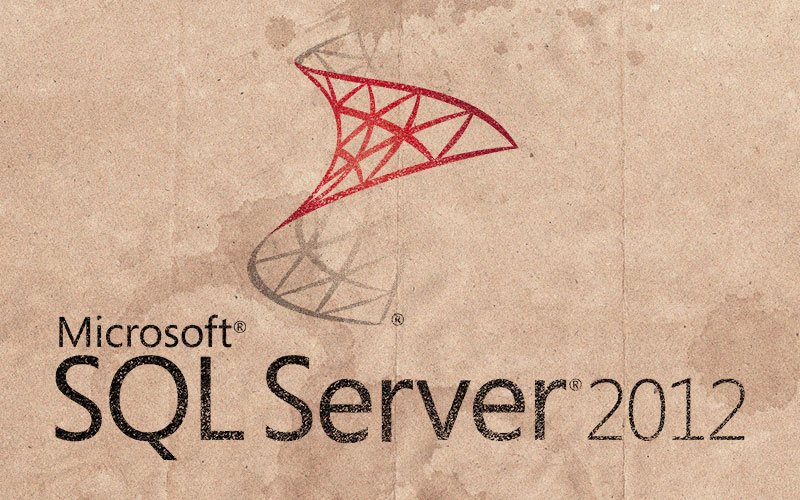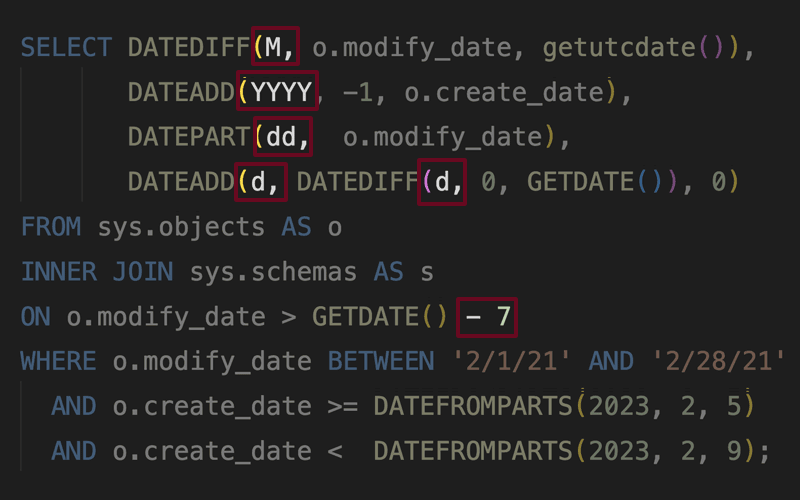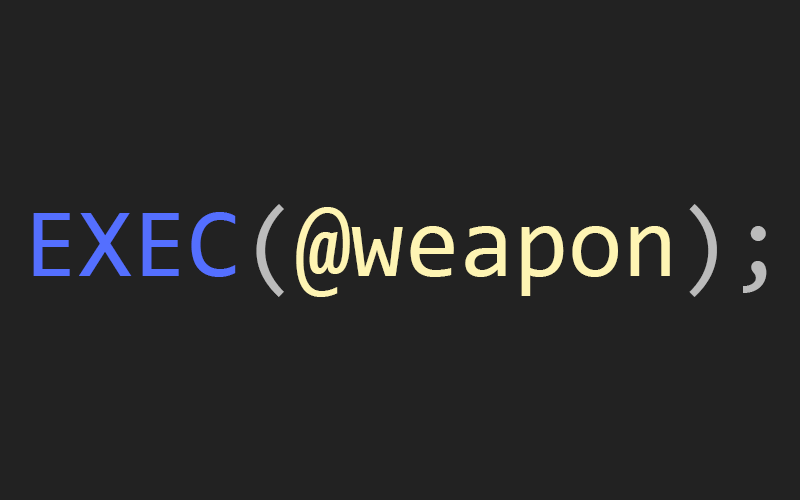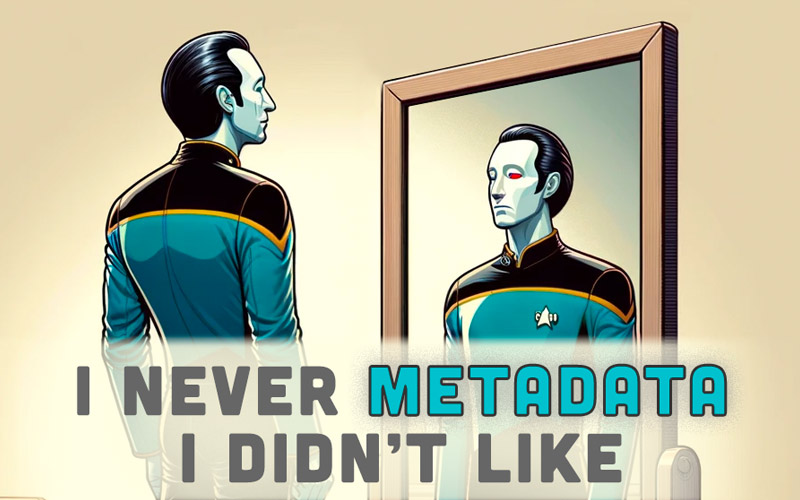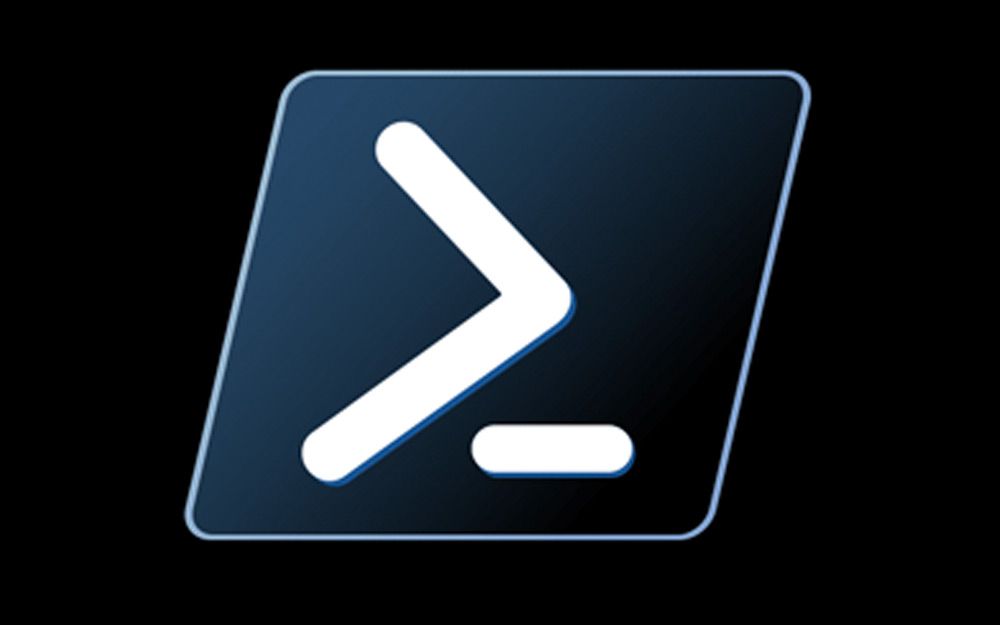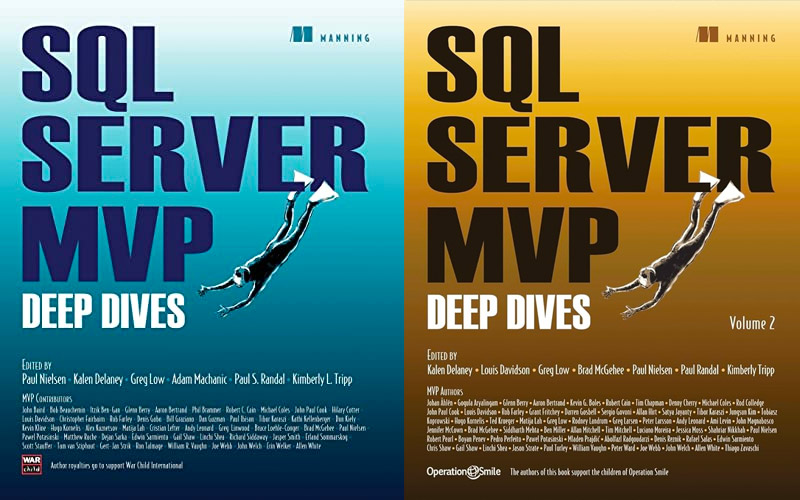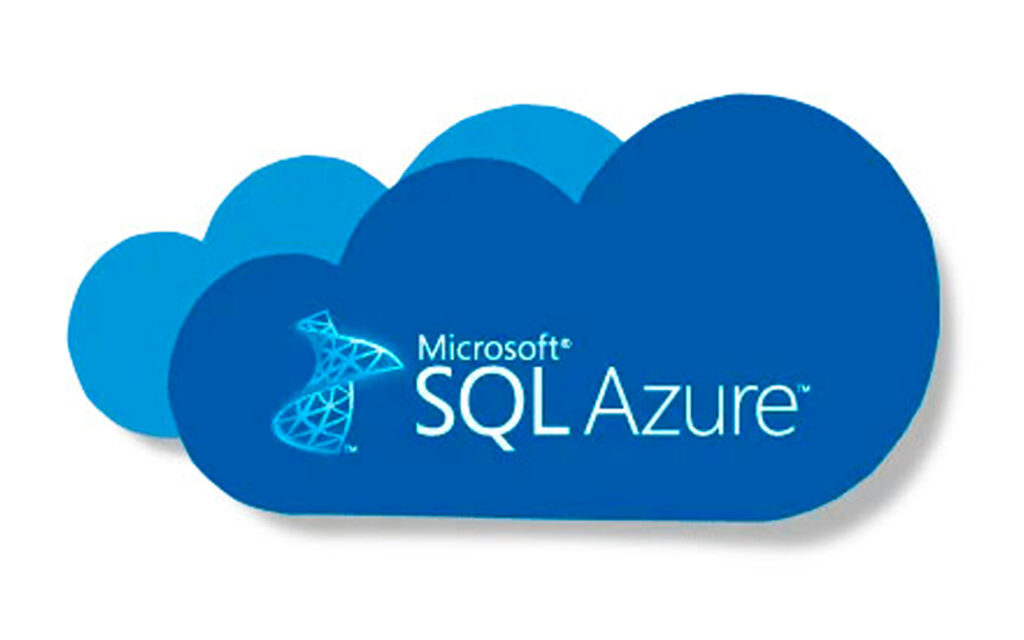See why you might be getting unexpected syntax errors when using builtins within table-valued function calls.
SQL Server
See a quick metadata script that finds all tables, across all user databases, without a primary key.
Learn why you shouldn't use BETWEEN for date range queries, even with the date data type.
On older versions of SQL Server, it was tedious work tying DBCC INPUTBUFFER output to active requests. See one way we used to do this.
For this month's T-SQL Tuesday, I talk about EXCEPT (and INTERSECT) as possible replacements for clunky join syntax.
I talk about a couple of minor changes to Policy-Based Management in SQL Server 2012.
When EOMONTH was first announced, I questioned its value, and thought BOMONTH would have been more useful.
See why you should use sp_executesql instead of EXEC() for running dynamic SQL strings.
See an example that defies a generalization about performance: getting the largest value in a column.
For this month's T-SQL Tuesday, I talk about redundant string building.
I chase down whether sp_hexadecimal is a system stored procedure, and it only further proves you should avoid sp_.
For this month's T-SQL Tuesday, I share some of my favorite best practices.
Use dynamic SQL to clear out a schema, from the metadata, without worrying about dependency order.
Apps on phones are nice. But if you're a DBA responding to an incident, the app won't get you far.
In this tip, I show how you can determine memory usage attributed to each object.
A simple syntax fix to deal with named instance of SQL Server inside performance counter arguments.
Make sure you are aware of the consequences of disabling the guest account.
Some details behind a second collaborative book project with MVPs.
Tip : Identify deprecated SQL Server code with a server side trace
Before we had STRING_AGG, I talked about how FOR XML PATH was the best way to aggregate strings.
I talk a bit about the very early sneak peaks of the very first iteration of columnstore indexes.
My first toe-dip into SQL Azure was not as intuitive as I was hoping.
Tip : Enforce Database Naming Conventions with Policy-Based Management
For this month's T-SQL Tuesday I talk about how to remotely run T-SQL workloads using PowerShell.
I had a little pain point with PowerShell and explain how I got out of it.
I show how to use a DDL trigger to capture index changes.
I explain how I use PowerShell to collect performance monitor counters at scale.
Experience a DBA's trial and error method of getting some PowerShell automation working.
Hugo Kornelis has suggested that SQL Server's proprietary UPDATE FROM and DELETE FROM should be deprecated (in favor of MERGE). I disagree.
Some details around why you can't restore or attach a database to an older version of SQL Server.
Tip : Identify SQL Servers with inefficient power plans using Policy Based Management
For T-SQL Tuesday, I talk about my resolutions for 2011, including getting better at rehearsing presentations.
If you're not living in a cave, you are probably aware of the blog posts and twitter discussions that resulted from an innocent post by...
I talk about some questionable choices by the SQL Server naming committee.
See some new metadata-related features introduced in SQL Server 2012.
Some older versions of SQL Server documentation were not very precise about the permissions required to change a table's IDENTITY_INSERT setting.
Sometimes, Microsoft's documentation – and the occasional comment in their own code – doesn't inspire a whole lot of confidence.
For this month's T-SQL Tuesday, I talk about things that can happen when management requirements and aggressive sales teams are faced with the realities of engineering.
I talk about a brand new feature that eventually arrived in SQL Server 2012: SEQUENCE.
Tip : Find unused SQL Server indexes with Policy Based Management
Tip : More intuitive tool for reading SQL Server execution plans
I explain how partially contained databases work and what problems they intend to solve.








